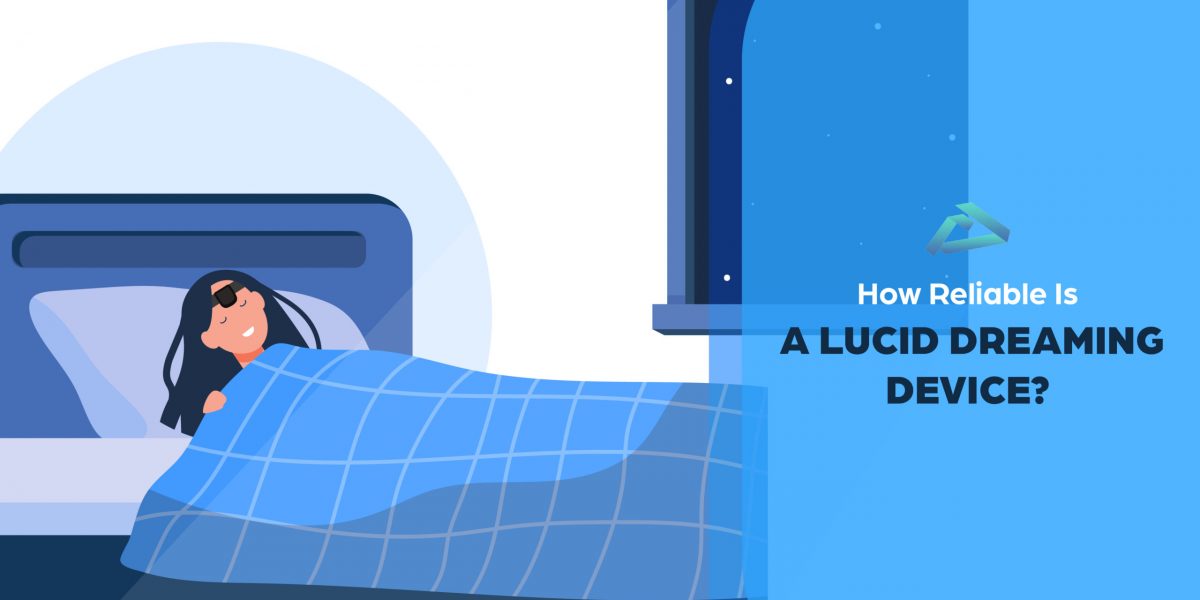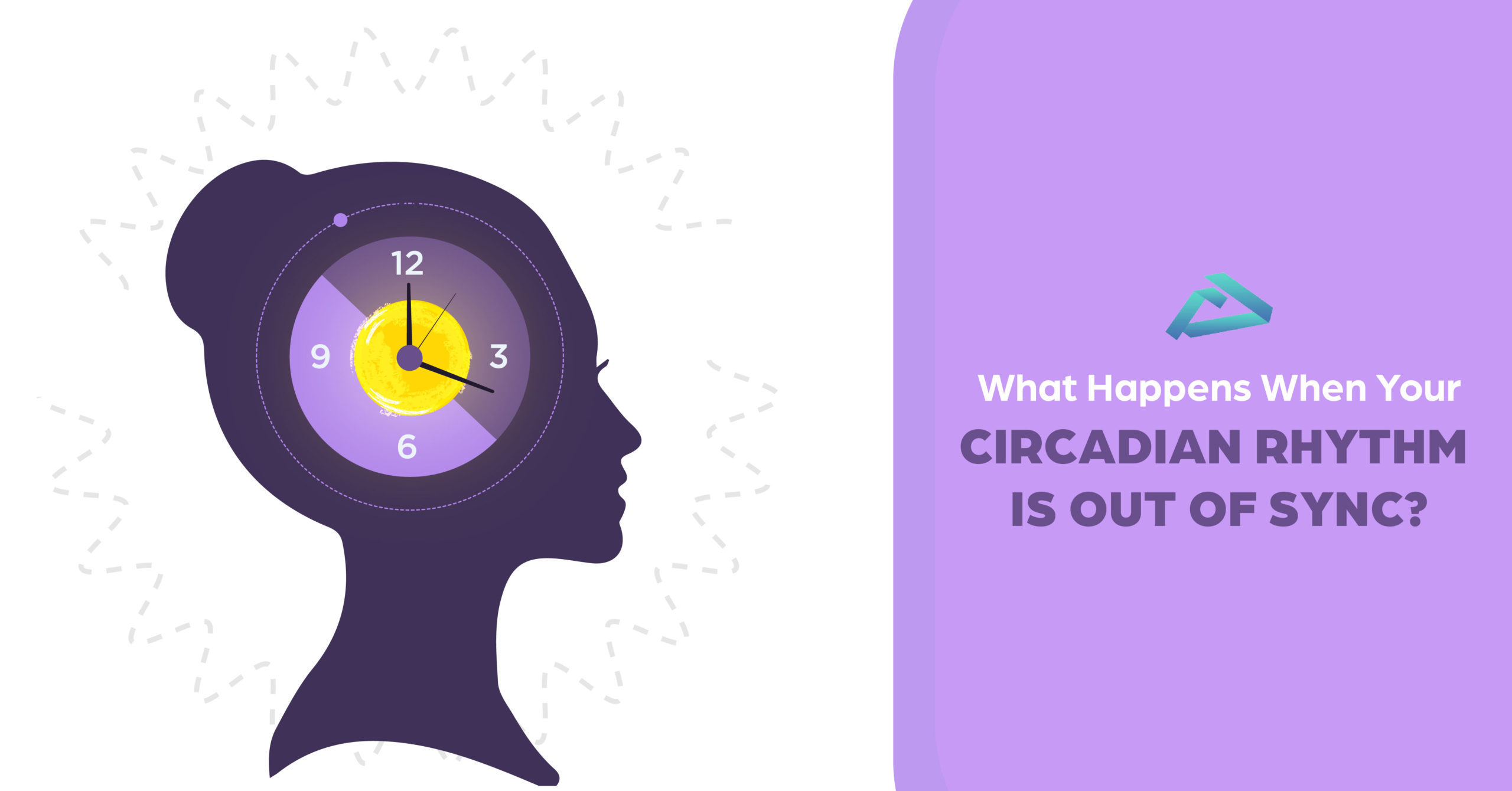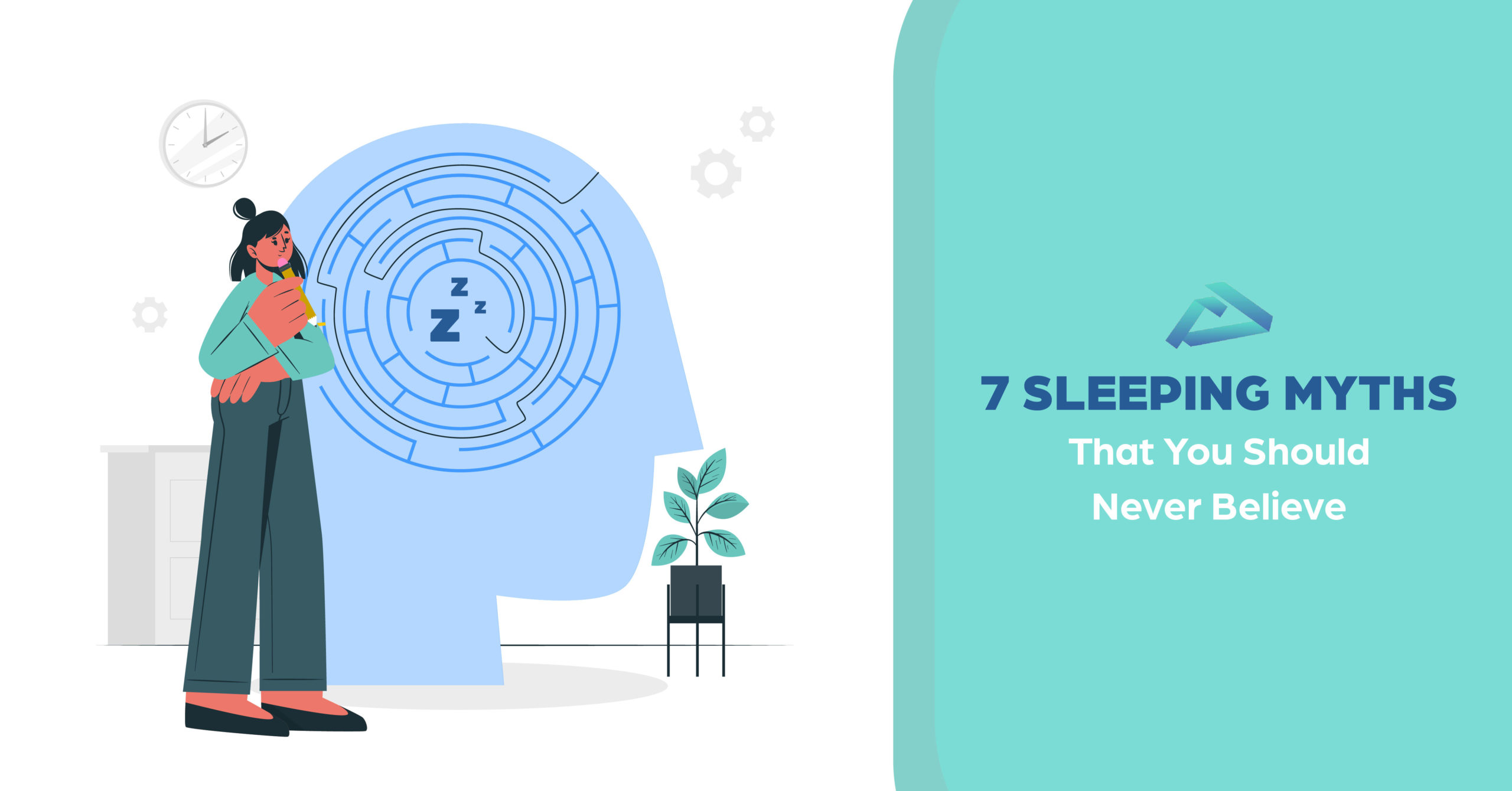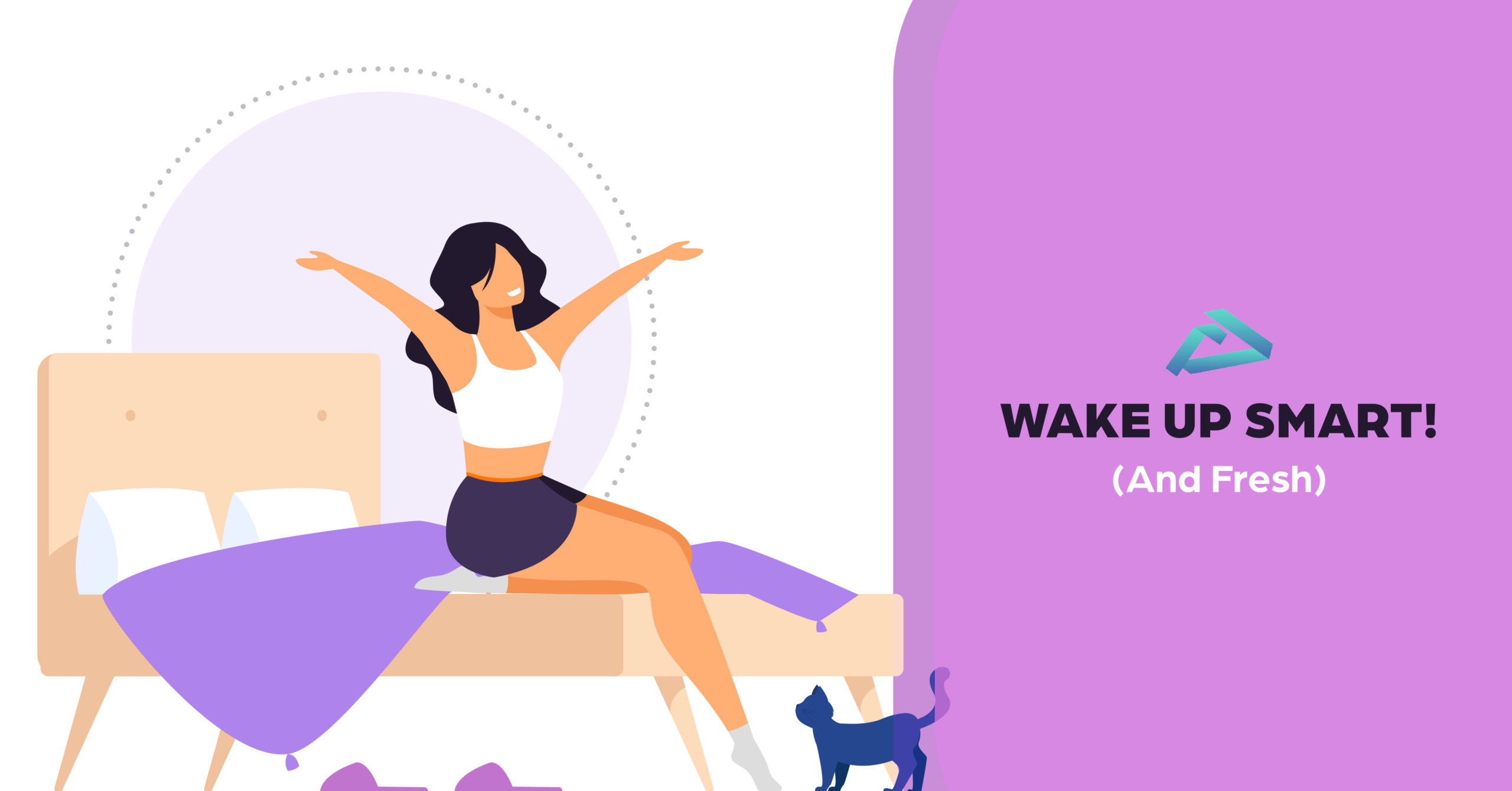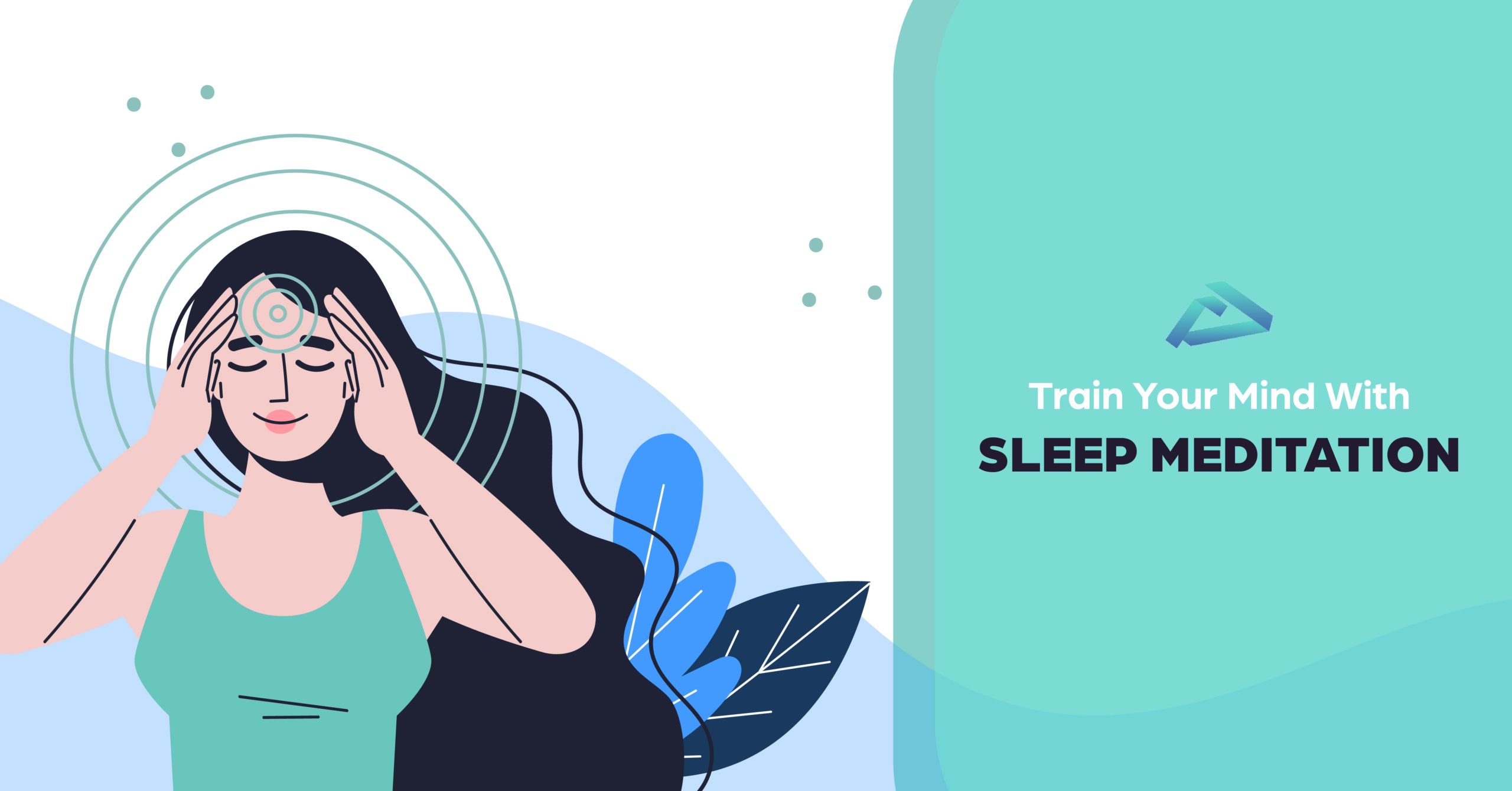When it comes to lucid dreaming, your ability to lucid dream is purely based on your own mental capacity and discipline. A lucid dreaming device can only act as an aid to help. But how reliable are these devices? We go deeper to find out.
A brief history of lucid dreaming
The study of lucid dreaming has been conducted for a long, long time. Traces of the origin of the knowledge of lucid dreaming dates back to as long as 415 AD. It is widely believed and accepted that the ‘art of lucid dreaming’ was central to the Hindu religion based practice of ‘Yoga Nidra’ as well as the Tibetian Buddhist practice of ‘dream Yoga’
Ancient Greek writings and philosophies also point towards the acknowledgment of inducing lucid dreaming practices. In fact physician, Galen of Pergamon is known to have used lucid dreaming as a form of therapy.
The 20th century witnessed the coining of the term ‘lucid dreaming’ by dutch writer and psychiatrist Frederik Van Eaden. As scientific research delved deeper into the study of dreams, Celia Green concluded the difference between an ordinary and a lucid dream. That conclusion paved the way for modern, alternative theories of the induction and benefits of lucid dreaming in treating various mental and physical challenges. Currently, the biggest challenge faced by lucid dreaming researchers and technicians is to find an effective, simple way to induce lucid dreams.
Popular techniques that induce lucid dreaming
23% of people experience lucid dreaming at least once or more in a span of 30 days. Some may experience a high frequency of lucid dreaming, while some may experience a relatively low frequency of lucid dreaming. As reported in the National Institute of Biotechnology, lucid dreams stem from non-lucid dreams. Here are a few tried and tested methods that have known to induce lucid dreaming more often than without:
- Ground reality testing
- Keeping a Dream Journal
- Maintaining a regulated sleep hygiene
- Wake-back-to-bed
- MILD technique
- Devices
ResearchGate suggests that ‘LD also has potential clinical applications, such as the treatment of recurrent nightmares in post-traumatic stress disorder (Aurora et al., 2010; Mota-Rolim and Araujo, 2013; Morgenthaler et al., 2018). This has attracted the attention of high-tech companies, which have been launching portable LD induction devices commercially available to the general public’
For most of the population, the phenomenon of lucid dreaming can prove to be pleasurable, but it is also quite rare. This essentially captured the attention of tech companies as the only loophole wherein they could most possibly act upon and help consumers reach the level of an avid lucid dreamer. The most commonly found features of any lucid dreaming devices are:
- Audio-visual stimuli
- EEG detectors
- Self-timers and alarms
- Brainwave entrainment
The primary goal of these devices is training your mind and then moving on to the induction of lucid dreaming as a part of your sleep cycle. Take, for example, the iBand+ This device is an active sleep inducer. It plays music through pillow speakers that calm the mind and induces sleep. As soon as you fall asleep, it introduces white noise for you to achieve an optimum level of sleep. iBand + improves the quality of your sleep thus extending the REM phase. The better you sleep, the easier you can lucid dream!
Sleep meditation and lucid dreaming
Many lucid dreaming devices sideline the fact that the main factor of lucid dreaming induction is formed in the minds of the sleepers themselves. Sleep meditation can prove to be highly beneficial in the process of introducing lucid dreaming on a regular basis. Thus, always keep an eye out for devices that support sleep meditation techniques. As not only will they speed up lucid dreaming induction, but also help you maintain adept sleep hygiene practices, thus making it a lot more reliable. For example, the iBand+ lets you define the dream cues, set the dream intention, and increase self-awareness in your dreams – crucial preparation tactics to become and stay lucid in your dreams.
To conclude, the ability of an individual to lucid dream depends entirely on the individual’s ability to train their mind. Just like any other tech device, a lucid dreaming device can have a list of pros as well as cons. For such a device to work, the consumer has to be fully aware of the world of lucid dreaming and how it works. After all, practice, patience, and perseverance can also work wonders, when it comes to inducing lucid dreaming. A lucid dreaming device can most definitely boost your induction practices, but only if you choose the one that in turn helps you train, hone and sharpen your mind through achieving an optimum level of great sleep hygiene!
